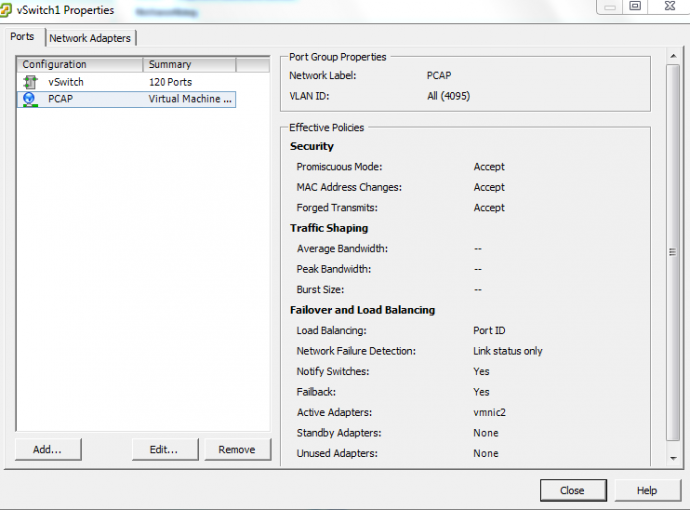

The exit-leaf switch is a common approach that Cumulus Networks use to handle Internet and WAN traffic entering and exiting the main switching fabric. A follow up post will attempt to show and describe ntopng running in a GNS3 based lab environment where it will be installed on “exit-leaf” switch to capture north-south (Internet bound/WAN) traffic flows. This first post sets out to show how ntopng can be installed on a stand-alone instance of Cumulus VX running on VirtualBox. These may include possible stability issues, void of support from Cumulus Networks, hardware resource issues, etc.
#Ntopng debian sources.list install
There are many valid reason why you would not install ntopng on a Cumulus Linux hardware switch in a production network. It should also be noted that I am in no way employed by or affiliated with Cumulus Networks and none of what I am covering in this article is sanctioned or endorsed by Cumulus Networks. Whereas it follows that ntopng should also run on Cumulus Linux on a suitably specified and supported white box switch, I am not in a position to test this. Indeed I did find (notwithstanding a few little technical challenges) that ntopng runs very well on Cumulus VX, the Cumulus Linux virtual appliance.

Normally ntopng would be installed on a dedicated computer that is placed on a mirrored switch port or within a key aggregation point on a network, but since Cumulus Linux is, well Linux it followed that I should able to run ntopng as an application on Cumulus Linux. ntopng can gather and report on all sorts of network traffic to provide real-time traffic and active host visibility,traffic sorting by application, top talkers, top applications, top AS’s and much more. This article sets out to show how ntopng, the web based traffic and security monitoring analysis tool can be installed on Cumulus Linux VX.


 0 kommentar(er)
0 kommentar(er)
